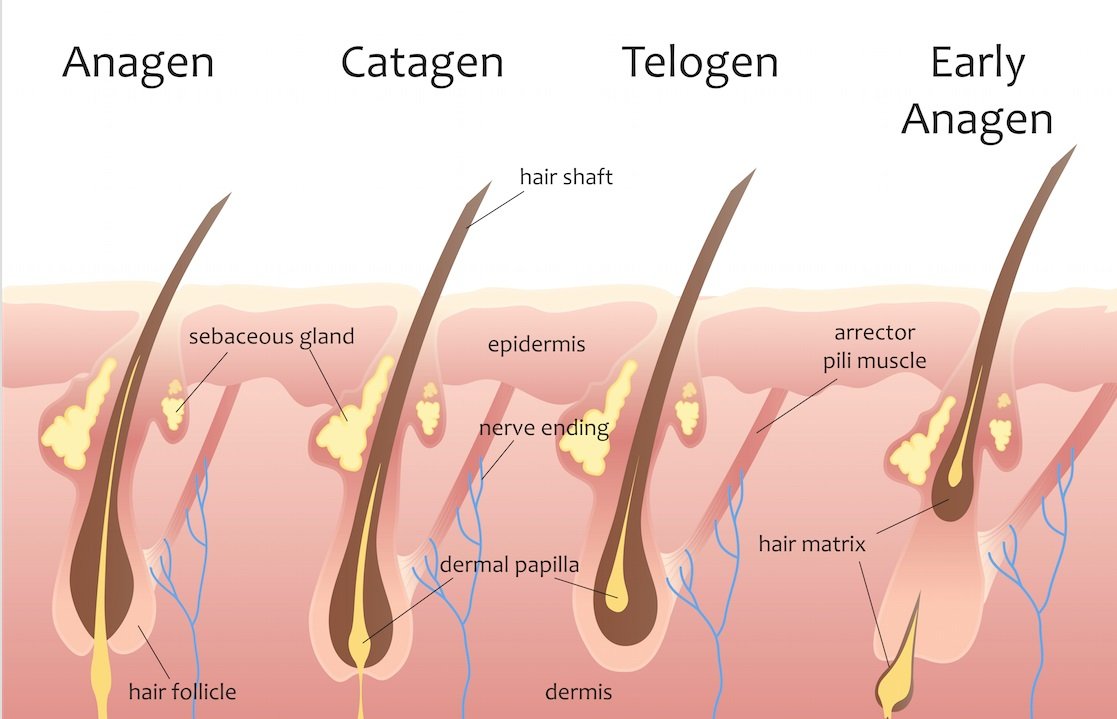Blog Article
Understanding the Art of Waxing: Vital Tips for a Pain-free Hair Removal Experience
In the world of personal grooming, understanding the art of shaving is a skill that can considerably improve one's hair removal experience. The process of waxing, though reliable in achieving smooth skin, can typically be connected with pain and discomfort otherwise implemented correctly. By understanding and applying necessary pointers, people can navigate this hair elimination technique effortlessly and marginal pain. From pre-waxing prep work to picking the best wax and mastering appropriate shaving techniques, the journey to a pain-free waxing experience is led with knowledge and proficiency.
Pre-Waxing Prep Work
Before undertaking a waxing session, it is important to properly prepare your skin to lessen discomfort and attain optimum hair removal results. Stay clear of hydrating on the day of your waxing session as it can develop a barrier between the wax and your hair, leading to much less effective results.
Furthermore, it is vital to clean your skin completely before waxing to remove any oils, creams, or dust that might interfere with the wax's ability to grip the hair. This action not just improves the efficiency of the waxing procedure however likewise helps in reducing the danger of post-waxing outbreaks - Laser Hair Removal. By following these pre-waxing prep work steps, you can guarantee a smoother and extra comfy hair elimination experience

Selecting the Right Wax
There are several kinds of waxes available, each providing to different skin kinds and hair structures. The two main groups of wax are difficult wax and soft wax.
When selecting a wax, consider your skin sensitivity, hair density, and the area you prepare to wax. For those with sensitive skin, hypoallergenic waxes with included calming representatives like chamomile or aloe vera can help in reducing irritability. Coarse hair may need a wax especially formulated for solid hair removal. Additionally, if you are new to waxing, it might be advantageous to start with a mild formula to gauge your skin's response prior to attempting extra potent options. Consulting with an expert esthetician can likewise give valuable insight into the most effective wax for your specific needs.
Appropriate Waxing Technique
To start, it is vital to cleanse the skin thoroughly before using the wax. Additionally, always ensure that the More about the author wax is warmed to the right temperature to stay clear of burns or inefficient hair removal. Using the wax in the direction of hair development and removing it versus the hair growth assists to guarantee that the hair is drawn from the root, resulting in smoother and longer-lasting outcomes.
Additionally, using tiny sections of wax at a time and pushing securely on the wax strip before removal can help enhance the efficiency of the procedure. Finally, keep in mind to use gentle pressure on the skin after waxing to decrease and calm any type of discomfort soreness. By adhering to these appropriate waxing strategies, you can attain a much more effective and pleasant hair removal experience.
Aftercare Tips

After waxing, it's vital to keep the waxed location tidy and complimentary from irritants. Exfoliating the skin 2-3 times a week, beginning a couple of days after waxing, can also help hop over to here in stopping in-grown hairs and maintaining the skin smooth.
Additionally, it's advisable to abstain from activities that may create too much sweating, such as extreme exercises, promptly after waxing to stop additional inflammation. Using a chilly compress or aloe vera gel can assist minimize inflammation if any type of inflammation or bumps persist after waxing. Following these aftercare tips vigilantly can ensure a reliable and comfortable waxing experience with long-lasting outcomes

Troubleshooting Common Issues
Addressing typical problems that may emerge throughout the waxing process is crucial to making certain a successful and smooth hair elimination experience. One usual trouble is skin irritability, which can happen because of sensitive skin or incorrect shaving methods. To reduce this, making use of a relaxing cream including aloe vera or chamomile post-waxing can aid soothe the skin. Another problem is ingrown hairs, where hair swirls back or expands laterally into the skin after useful link waxing. Normal peeling with a gentle scrub can prevent ingrown hairs by removing dead skin cells and allowing hair to grow openly. In addition, if you experience wounding or inflammation after waxing, applying a cold compress can lower swelling and relieve the skin. Finally, if you discover irregular hair elimination or patches of missed out on hair, take into consideration readjusting your shaving method or seeking specialist assistance for even more elaborate areas. By attending to these typical waxing issues proactively, you can boost the general effectiveness and convenience of your hair removal regimen.
Conclusion
In conclusion, mastering the art of shaving needs appropriate preparation, choosing the appropriate wax, making use of the right method, and following aftercare pointers. With technique and interest to detail, waxing can be an effective hair elimination approach.
Moreover, it is vital to cleanse your skin thoroughly prior to waxing to eliminate any type of oils, creams, or dust that might interfere with the wax's ability to grasp the hair. The 2 primary classifications of wax are tough wax and soft wax.When choosing a wax, consider your skin sensitivity, hair density, and the location you intend to wax.Additionally, making use of small sections of wax at a time and pushing securely on the wax strip prior to removal can aid enhance the efficacy of the procedure. After waxing, it's crucial to maintain the waxed location free and tidy from irritants.
Report this page




































